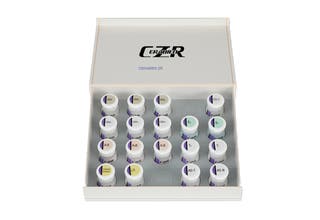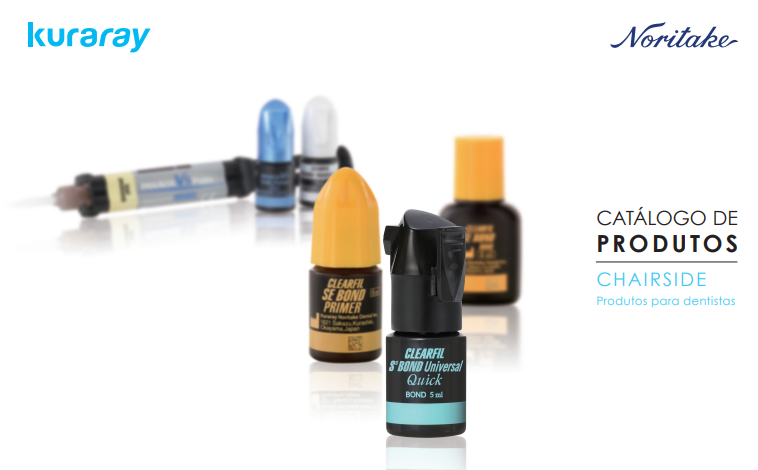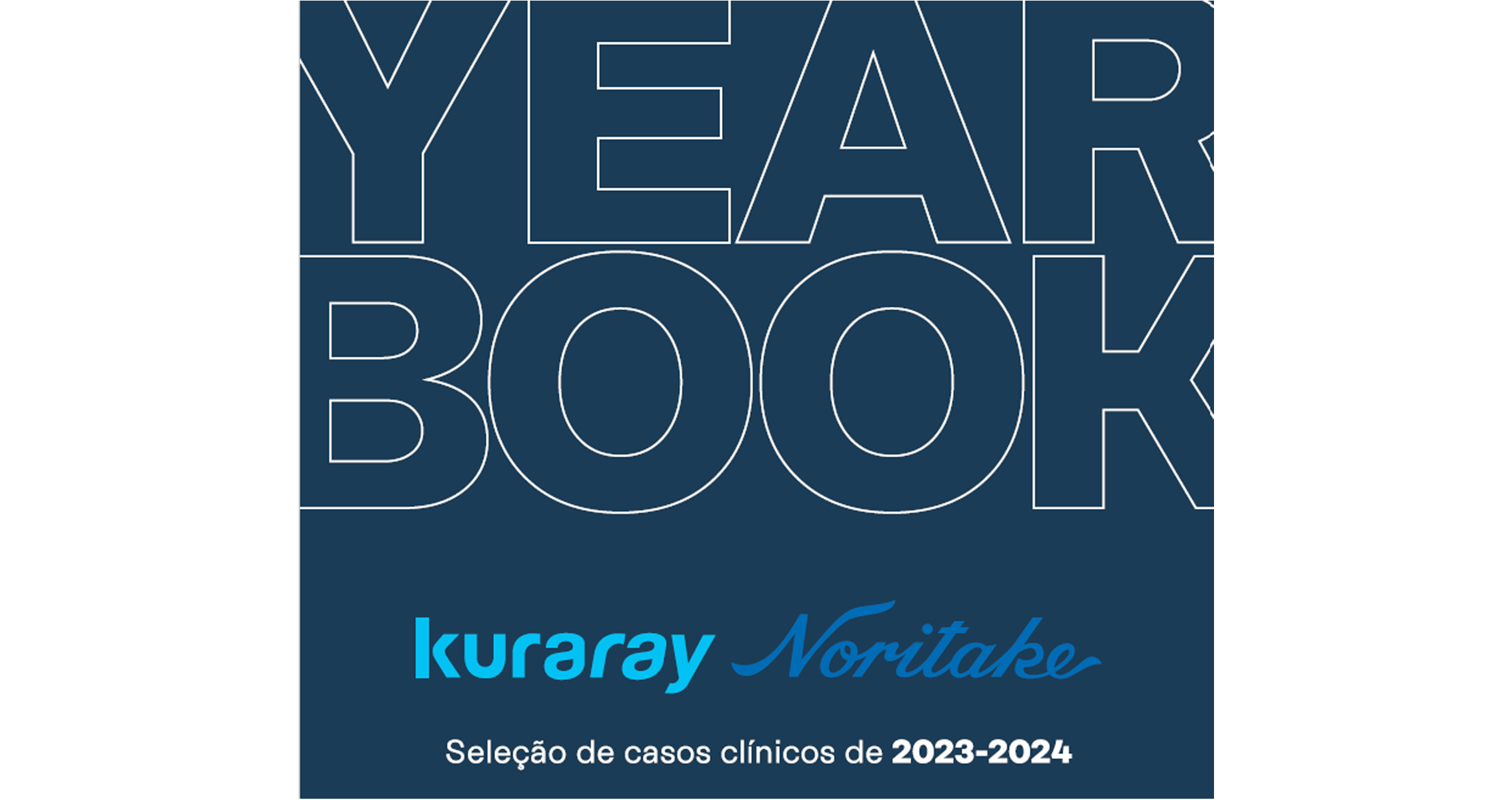
Clinical case - KATANA™ HTML and CERABIEN™ ZR (CZR) - Screw-retained implant bridge
By D.T. Pier Francesco Golfarelli
Digital workflow and CAD/CAM shaping have now become a daily practice that helps to manage most cases, including the most extensive re-adaptations (rehabilitations).
KATANA™ HTML zirconia was selected, in consultation with the specialist, for the case presented here. It was principally chosen for its aesthetic and mechanical properties. One of our selection criteria was the advantageous lower abrasiveness level of zirconia. Because of its density, this material is less abrasive than the more traditional ceramics in combination with adequate mechanical polishing. Based on the initial situation, once the assembly in the articulator was completed, we designed a structure with anterior cutbacks for maximum aesthetics, while for the posterior teeth a monolithic solution was chosen for maximum strength and quality of the functional surfaces.
With the CORE & SHELL technique developed by the Noritake Italian Study Club, I can now fully exploit the optical properties of KATANA™ zirconia by integrating it, in the anterior area, with Noritake CERABIEN™ ZR ceramics. In the images here you can see the aesthetic results of the anterior and side areas, the mechanically polished monolithic surfaces and the special Noritake glaze.

Fig. 1 CAD Shaping - 3Shape Dental Designer
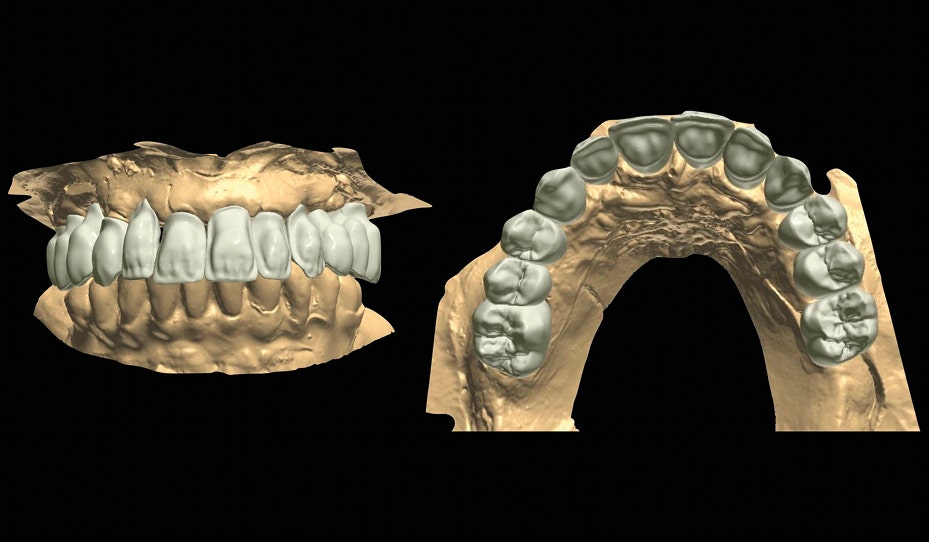
Fig. 2 Structure design with cutbacks
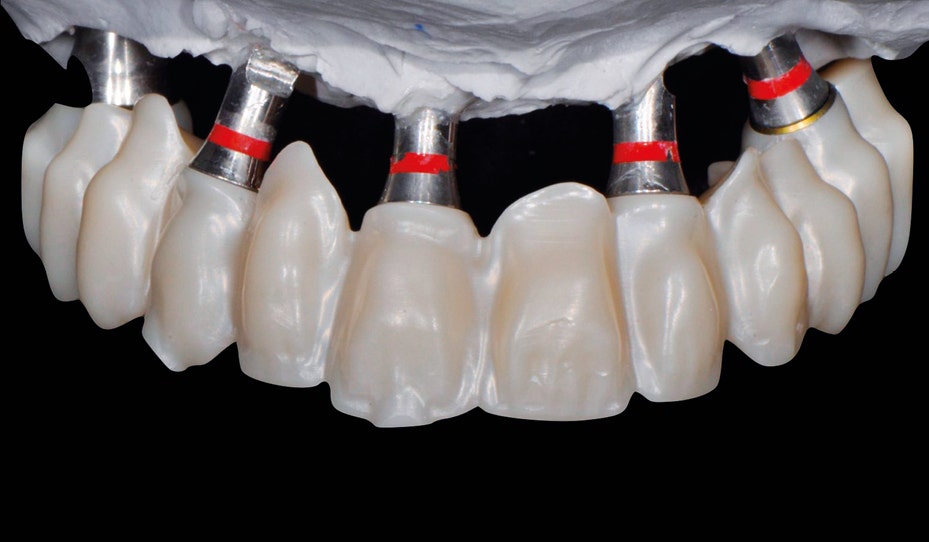
Fig. 3 KATANA™ HTML structure
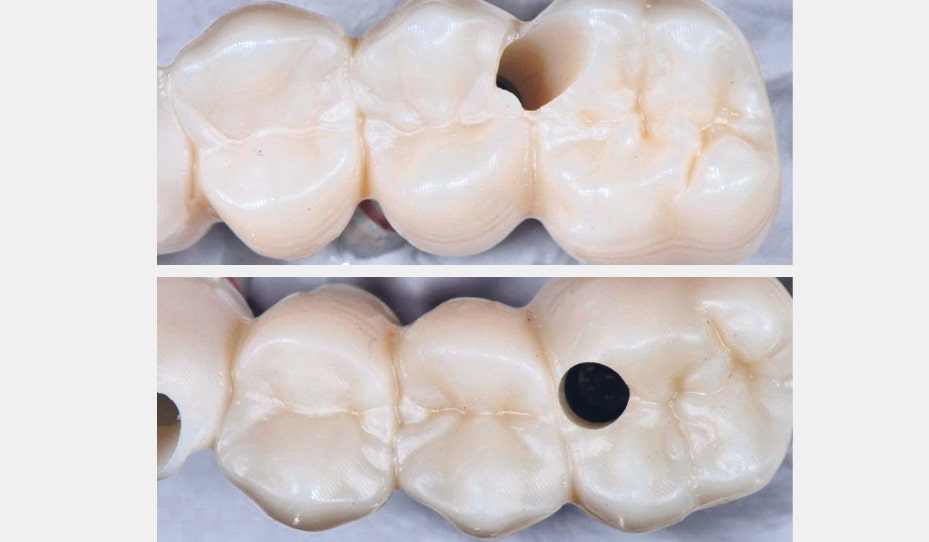
Fig. 4 Occlusal surface – details

Fig. 5 Shade stain
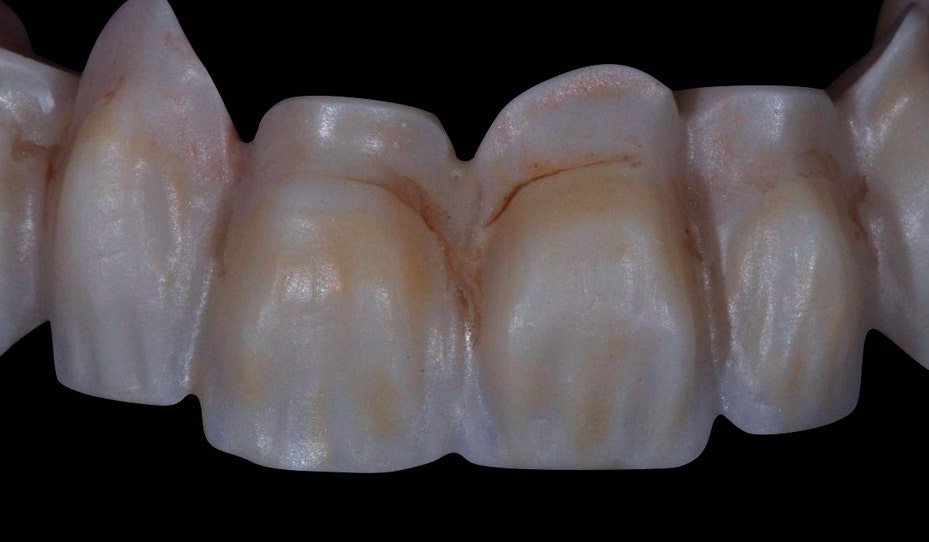
Fig. 6 Shade Stain (SS)
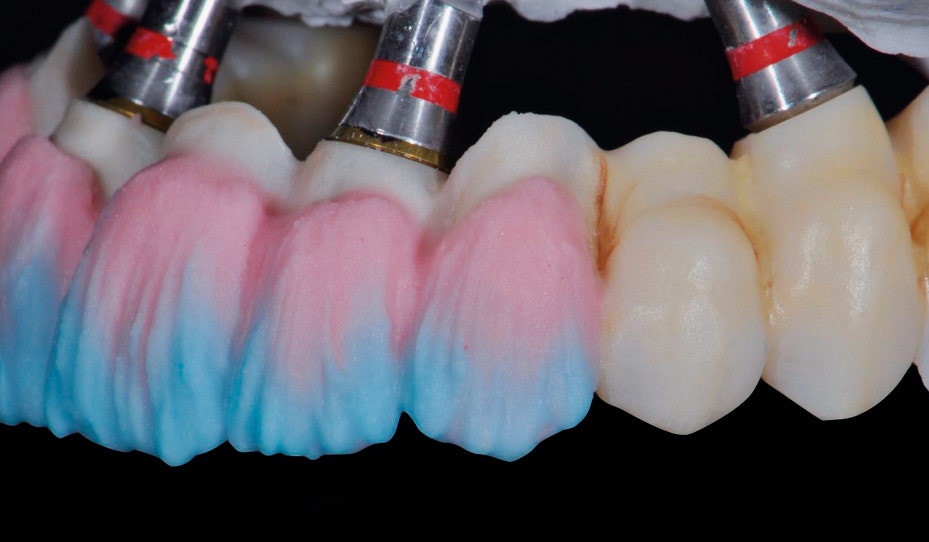
Fig. 7 Core

Fig. 8 Internal Live Stain (ILS)

Fig. 9 Shell
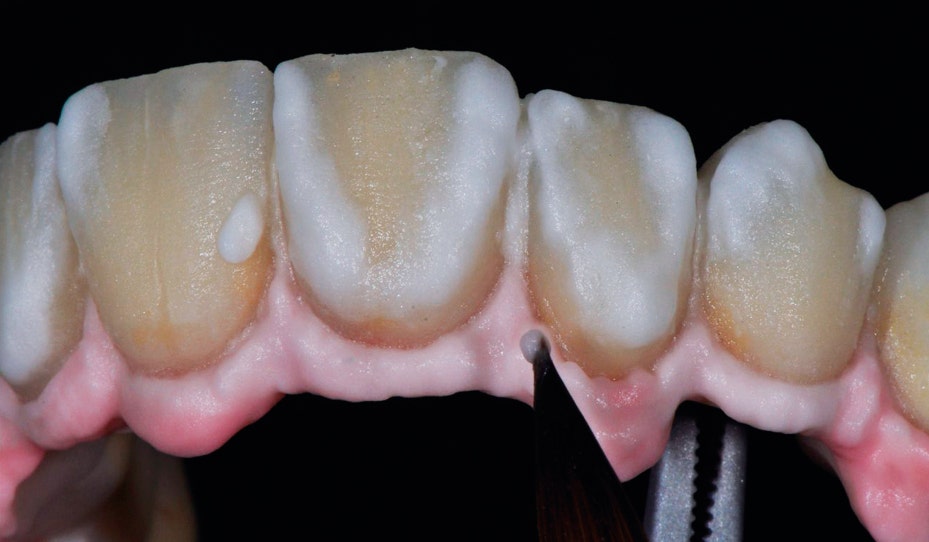
Fig. 10 Shell Tissue
FINAL SITUATION
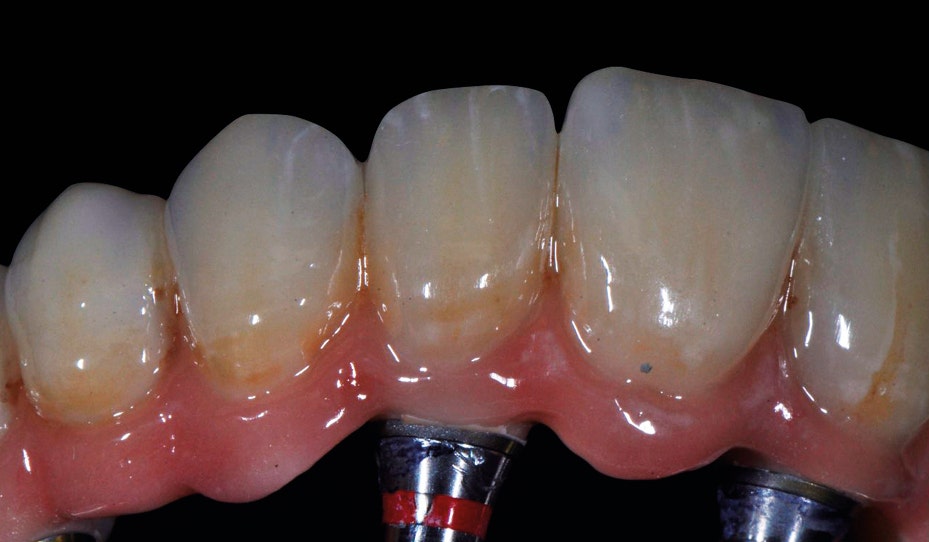
Fig. 11 Layering Details
Dentist:

D.T. Pier Francesco Golfarelli
Noritake Italian Study Club Teacher, Forlì
- 27 de ago. de 2020
